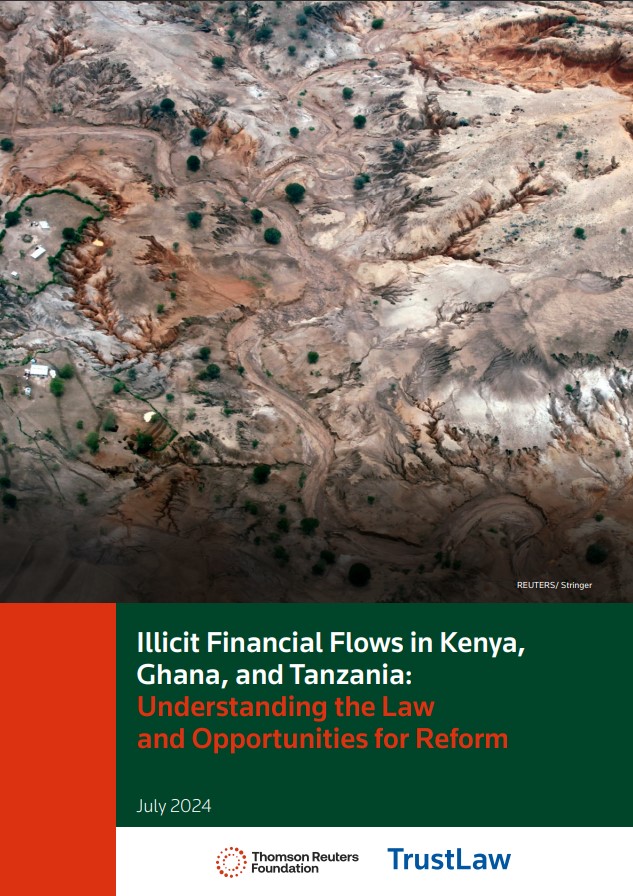This report provides a comprehensive overview of the legal and institutional frameworks governing illicit financial flows (IFFs) in Kenya, Ghana, and Tanzania at international, regional, and national levels. It delves into three prevalent forms of IFFs: tax-related IFFs, corruption, and money laundering. It addresses tax-related IFFs arising from aggressive tax planning and evasion, with a focus on the extractive sector in Ghana and Tanzania, although the study in Kenya is not sector-specific. The report then investigates corruption, a significant source of IFFs in all three countries, with a particular focus on the extractive sector in Ghana and Tanzania. Additionally, it examines money laundering in Kenya, emphasizing the banking and real estate sectors. It concludes by discussing the role of civil society organizations (CSOs) in combating IFFs, highlighting the challenges they face, and offering recommendations for effectively addressing these challenges.
Related resources
View all
Legal analysis of laws, policies and government strategies relating to AI in Kenya, Mauritius, Rwanda, South Sudan, Tanzania, Uganda and Zambia
This report analyses the legal and policy frameworks governing AI across seven countries to explore how these laws and…
Read More
Data frameworks for Responsible AI: legal perspectives from six jurisdictions
With AI…
Read More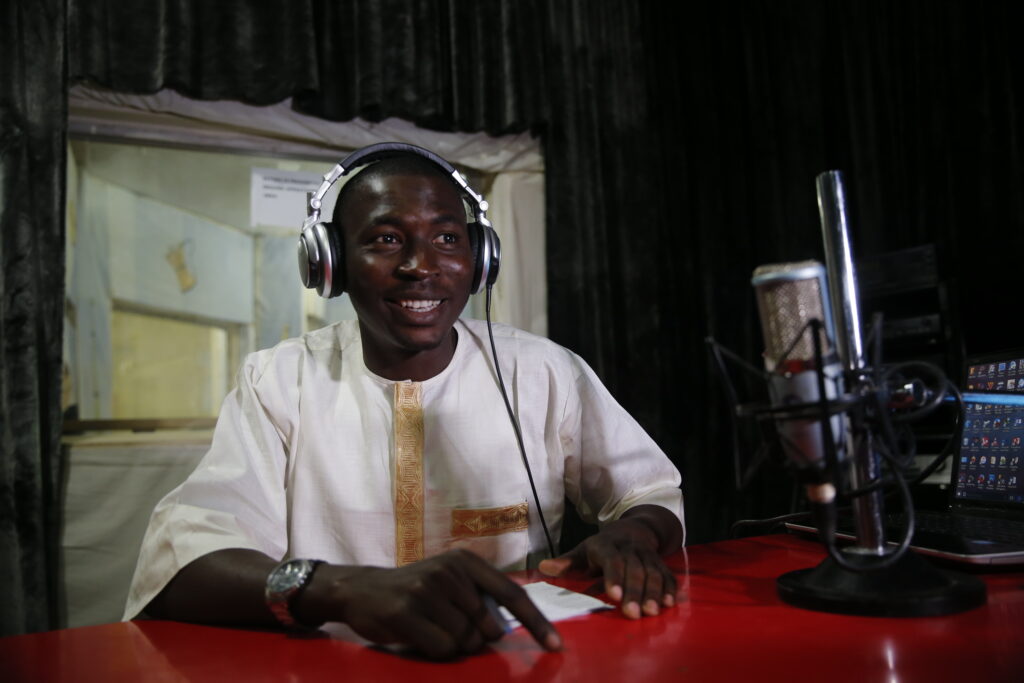
Uelewa kuhusu sheria za vitendo vya kashfa Tanzania
Sheria za kashfa zikitumika kwa usahihi, zinatarajiwa…
Read More
Uelewa wa sheria kuhusu vyanzo vya uandishi wa habari nchini Tanzania
Mwongozo huu unalenga kuwapa…
Read More
A Guide to Criminal Defamation in Southeast Asia
The Guide to Criminal Defamation in Southeast Asia” provides…
Read More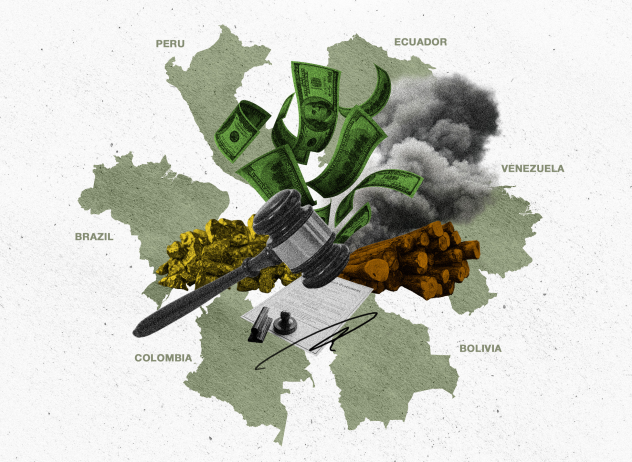
Strengthening Anti-Money Laundering Systems Against Environmental Crime: Comparative Legal and Policy Frameworks in Amazonian Countries
This research examines the anti-money laundering laws and regulatory frameworks of six Amazon Basin countries in…
Read More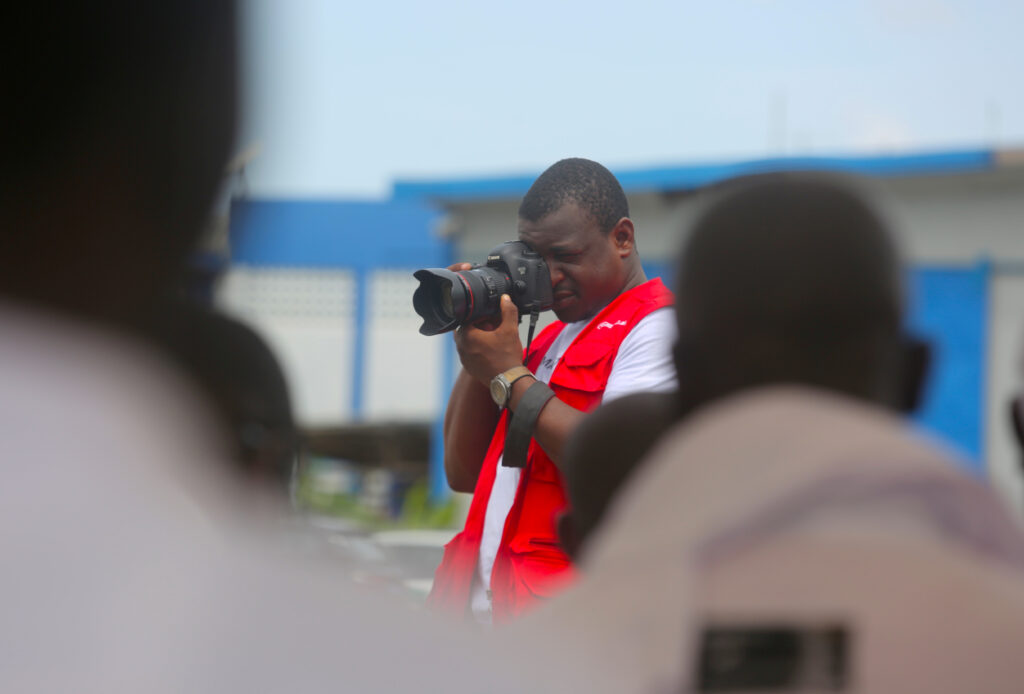
Understanding the Laws on Journalistic sources in Tanzania
This Guide provides journalists with a practical…
Read More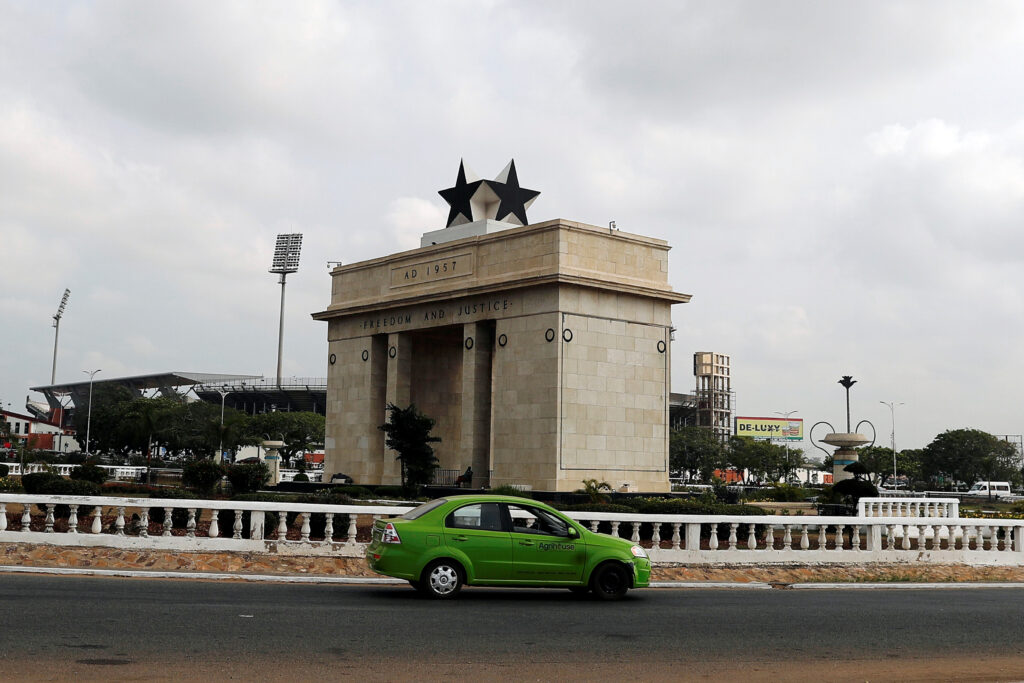
Understanding the Laws on Journalistic Sources in Ghana
This Guide provides journalists with a practical…
Read More
Understanding Defamation Laws in Tanzania
This Guide provides journalists with a practical understanding of defamation…
Read More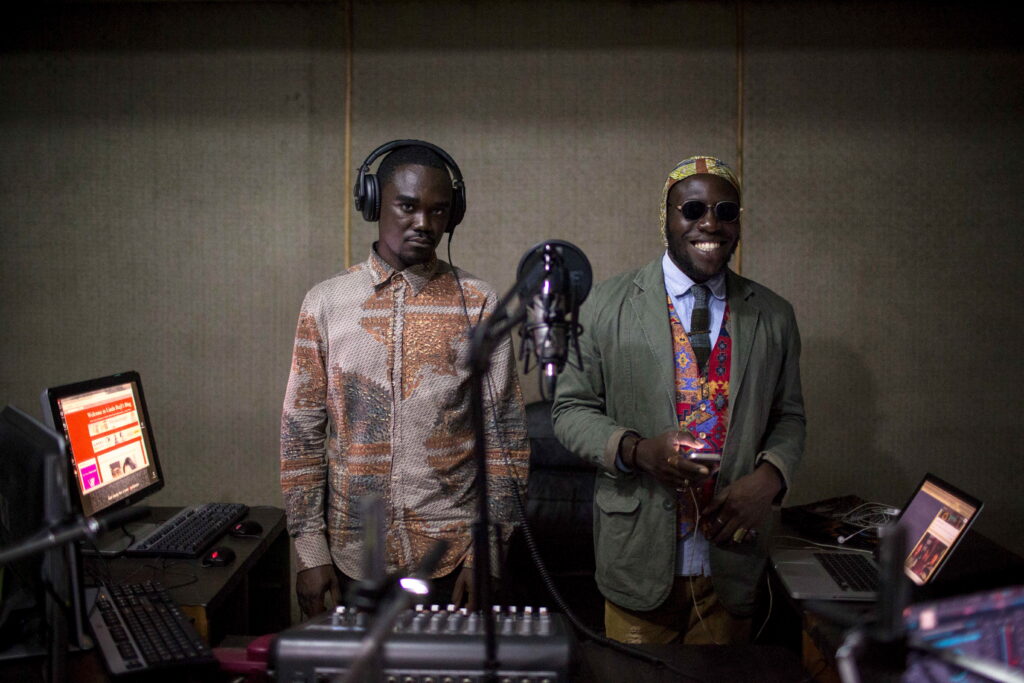
Understanding Defamation Laws in Ghana
This Guide provides journalists with a practical understanding of defamation laws…
Read More


